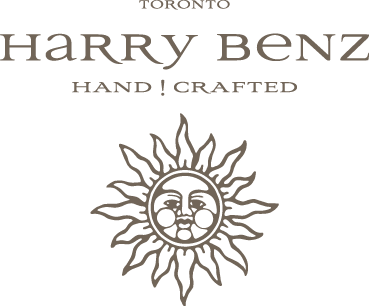The Brogue SL/SL2/SL3
The Brogue SL/SL2/SL3
The Leica SL has in my opinion two particular issues that demand attention when designing a strap for it.
1. Weight.
This camera is rather heavy and, considering how the strap is attached, the weight becomes a factor in possibly destroying it with time.
2. Strap slots.
The way a strap gets attached to the SL is through fixed slots on top of the camera, set perpendicular to its body.
This makes for a nearly perfect position, if you carry the camera with your arm stretched out in front of you while letting it hang down freely.
Then again, this could give off the wrong impression: Chances are you might end up spending the afternoon in a heated conversation whether you voluntarily handed your camera to that guy hiding in the back of the police cruiser, or not...
However, more conventional methods don’t exactly apply either...
You see, the camera won’t just hang down straight but always on an angle, just like the Leica M (or any other camera) does. But since the M employs lugs to connect a strap via split rings, it balances things out nicely and hence, there is no issue to report whatsoever.
The SL on the other hand has those fixed, perpendicular positioned slots. When the camera tilts down, the slots tilt with it and create an angle pointing away from the owner’s body.
The strap, instead, travels the other way. (see illustration A.)
The result is rather alarming: Since there is nothing to make up for this discrepancy, it is inevitable that at the point of connection the strap is exposed to forces (thanks to the weight of the camera) that will constantly push and pull in opposite directions. And that's where the cookie will crumble. Literally.
My solution to this problem is simple: Move the point of connection up and create a pivot point to easily accommodate for different angles.
Stainless steel Chicago screws serve as pivot points. (see illustration B.)
Although such a nuts 'n bolts affair already makes for a safe connection, to make it totally fail-safe I suggest to dab some non-permanent, blue Loctite onto the threads. This will ruin any chance for the screws to loosen accidentally.
(Some hairspray, nail polish or regular glue will work just as well. Do not use crazy glue. Unless a permanent solution is desired and you are sure you don’t want to open those screws ever again.)
Usually, the leather of my straps gets softened to make them more comfortable. The same happens with The Brogue SL but with one important exception: The connector pieces and the part of the strap where the screw sits is treated differently. Here the leather gets hardened instead! This process makes sure the connectors will remain solid and won’t move laterally.
Last but not least, a word about the brogue pattern.
Since this looks like an insane amount of work the logical conclusion would be that there’s some nifty tool to make short work out of this. Right?
Sadly, logic had nothing to do with it!
It would be easier for me to say “the devil made me do it” than to plausibly explain how on Earth I could come up with the crazy idea to punch out with painstaking precision so many holes one by one by one...
And to finish, I would like to remind you that The Brogue SL is handcrafted to perfection from the finest Water-Buffalo leather. It comes in two versions: Black and Duotone (black connectors/brown strap).
Newsflash! In my never-ending quest to make something good even better, I went beyond sanity.
Or in other words, I took cold, hard stainless steel and made it soft and sexy.
From now on all chicago screws will be covered elegantly in leather. This means for you, the choice between black or red leather covered screws. And for me, a lot more work….
FYI: After the use of non-permanent Loctite the easiest way to open the screws again is with a screwdriver and some heat from a heat gun or blow dryer.







